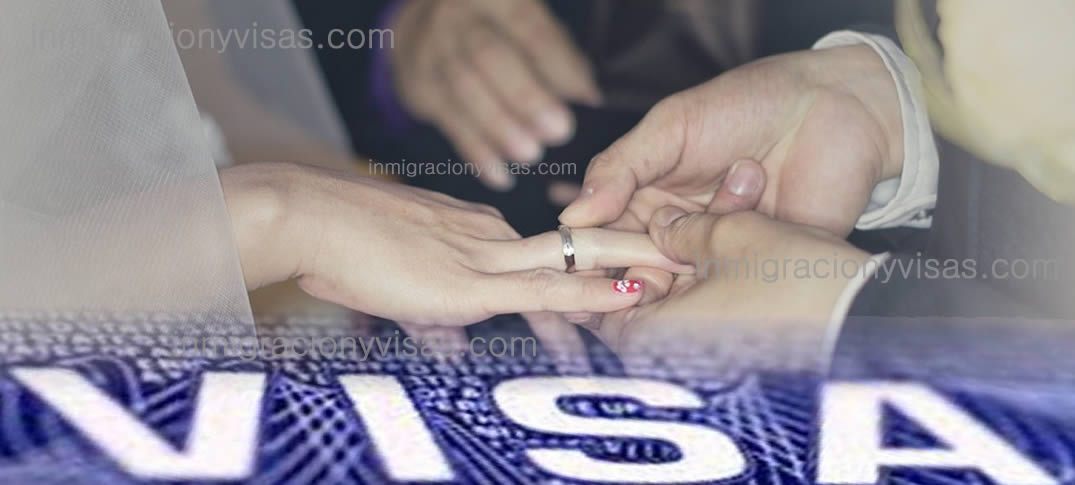Ever dreamed of starting a new life in the U.S. with your American fiancé(e)? The K-1 visa, also known as the fiancé(e) visa, offers a pathway to make that dream a reality. But amidst the excitement of wedding bells and new beginnings, a crucial question often arises: can I work with a K-1 visa?
The answer, like many things in immigration law, isn't a simple yes or no. While the K-1 visa doesn't automatically grant work authorization, there's a path to legally secure employment during your 90-day stay. Understanding your rights and restrictions on this journey is crucial, and this blog post is your comprehensive guide.
Imagine Sarah, a talented architect from Spain, eager to join her American fiancé, Mark, in California. Sarah dreams of contributing her skills to a local firm, but the complexities of K-1 visa employment leave her confused. This blog post empowers Sarah, and countless others like her, with the knowledge to navigate this crucial step towards their American dream.
So, can you work with a K-1 visa? Here's what you need to know:
1. Employment Authorization is Key: While the K-1 visa allows entry for marriage purposes, it doesn't grant automatic work authorization. To legally work in the U.S., you'll need to apply for an Employment Authorization Document (EAD). This separate application, known as Form I-765, requires additional fees and processing time.
2. Time is of the Essence: Remember, the K-1 visa comes with a strict 90-day validity period. Ideally, you should file for your EAD well before entering the U.S. Processing times can vary, so planning ahead is crucial. Remember, working without authorization carries significant consequences, including potential deportation.
3. California Considerations: Did you know? As of 2022, over 4,000 K-1 visas were issued in California alone, highlighting the state's significance for fiancé(e)s seeking new beginnings. However, California also boasts competitive job markets, making securing employment within the 90-day window crucial.
4. Balancing Marriage and Employment: While the K-1 visa allows employment, its primary purpose remains marriage. Prioritizing your wedding within the validity period is essential. Balancing job hunting with wedding planning can be stressful, so consider seeking support from friends, family, or even wedding planners familiar with K-1 visa timelines.
5. Beyond the 90 Days: If you get married within the 90-day window, you can file for adjustment of status to apply for a green card. This allows continued employment authorization while your green card application is processed. Remember, legal counsel from an immigration attorney can prove invaluable throughout this process.
FAQs:
How long does it take to get an EAD on a K-1 visa?
Processing times can vary, but expect it to take several months. Filing before entering the U.S. ensures you don't violate your visa status while waiting.
Can I change employers with an EAD on a K-1 visa?
Yes, but with limitations. You'll need to file a new application for each new employer, ensuring the job duties align with your original EAD application.
What happens if my K-1 visa expires before my EAD is processed?
Consult an immigration attorney immediately. Expired visas can have serious consequences, and legal guidance is crucial in such situations.
If you are asking yourself, “can I work with a K-1 visa” your journey can be exciting and complex. By understanding your employment rights and restrictions, you can navigate this crucial step with confidence and pave the way for a successful future in the U.S. with your loved one.
Don't let legal complexities overshadow your dreams. This blog post empowers you with knowledge, but for tailored guidance, consulting an immigration attorney is always recommended.


